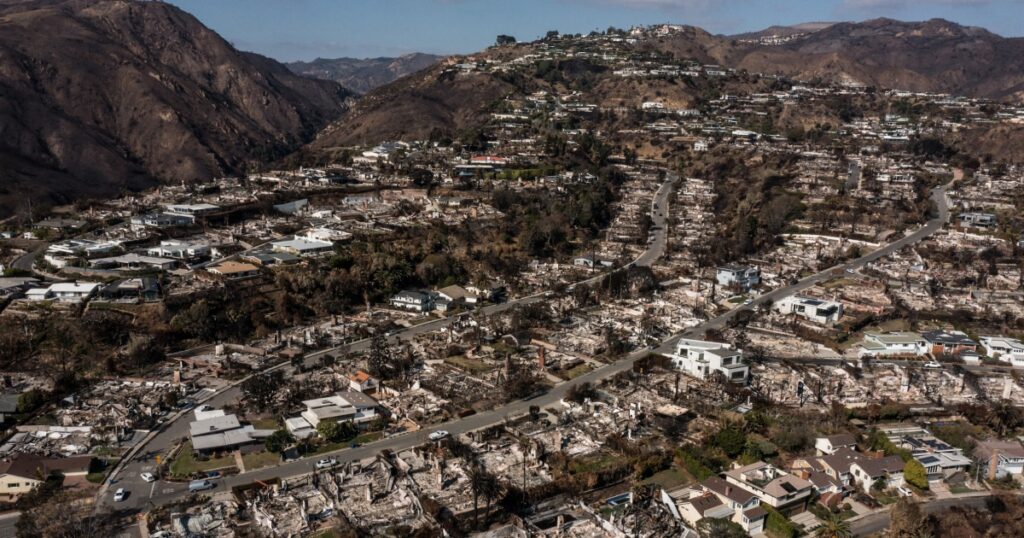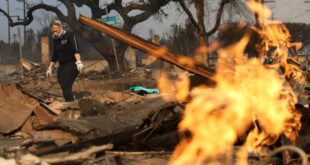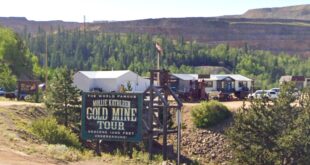
A Southern California man admitted to operating a drone that collided with a firefighting airplane during the Palisades Fire as the blaze was charring tens of thousands of acres earlier this month, officials said Friday.
Peter Tripp Akemann, a 56-year-old Culver City man, agreed to plead guilty to one count of unsafe operation of an unmanned aircraft, according to court documents.
Akemann went to the Third Street Promenade parking garage’s top floor on Jan. 9, launched his drone and lost sight of it before it collided with a Super Scooper on loan from Quebec, officials said.
“Firefighters were desperately trying to stop the destruction being caused by the fires and save lives. Critical to those efforts were firefighting aircraft that were conducting all-out assaults in the area surrounding the wildfires,” Acting U.S. Attorney Joseph McNally told reporters on Friday.
“Contrary to law and basic common sense, some individuals were recklessly operating drones around the firefighting relief efforts.”
The collision caused a 3-by-6-inch hole in the plane, officials said. Though it was able to land safely, that hole knocked the Super Scooper out of service for several days during the heart of firefighting efforts.
Akemann appeared before a federal judge on Friday afternoon in Los Angeles to formally hear the allegation against him.
Akemann didn’t have to enter a plea before being released, promising he’d make all future court appearances and agreeing not to own or operate a drone.
He could face up to a year behind bars. But defense attorney Vicki Podberesky said she doesn’t believe her client, who “accepts responsibility for his grave error in judgement,” will be sent to prison for this misdemeanor.
The defendant had relied on a “geo-fencing safeguard feature” on the drone that failed that day, his lawyer said.
“We believe that there are mitigating circumstances that would warrant a lenient sentence,” Podberesky said.
The Palisades Fire, which ignited the morning of Jan. 7, had torched more than 23,000 acres by Friday and was 98% contained, according to California fire authorities.
At least 29 people were killed as flames from the Palisades and Eaton fires — in the Palisades neighborhood of L.A. and Altadena, north of downtown, respectively — blew through the region with horrifically astonishing speed.
Some of Southern California’s most desired real estate — on beaches and in canyons and hills — went up in smoke during the terrifying week.
Those twin blazes posted once-in-lifetime challenges for firefighters who often had no water due to the extreme demand to douse so many flames at one time.
 Latest World Breaking News Online News Portal
Latest World Breaking News Online News Portal







